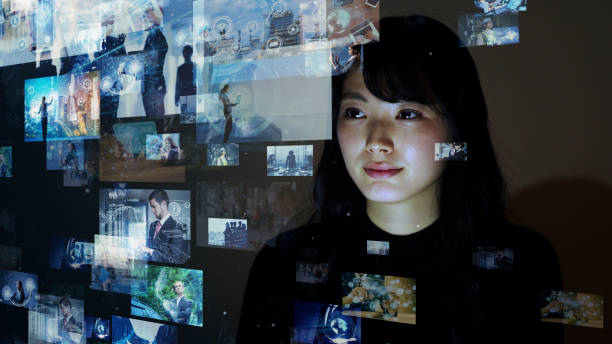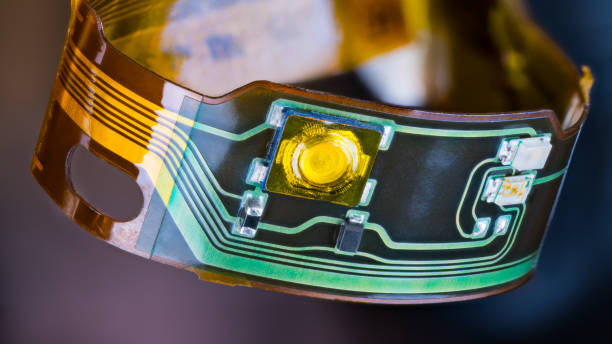Blurring Lines: The Increasing Confluence of Theatre and Virtual Reality
Prepare to step into the surreal intersection of theatre and technology. In this article, we unravel the fascinating evolution, current trends, and future potential of virtual reality's integration into theatre, a transformative union redefining the boundaries of entertainment and audience engagement.

The Genesis of a Unique Union
The marriage of theatre and virtual reality (VR) is a fairly recent phenomenon. The origins can be traced back to the advent of VR technology in the late 20th century, which initially found its place in gaming and military applications. However, it wasn’t until the early 2000s that artists and theatre directors began to experiment with VR’s potential to enhance theatrical experiences.
The Present Scenario
Fast forward to today, and VR technology is revolutionizing theatre, creating immersive experiences that transcend traditional boundaries. Groundbreaking productions such as “Hamlet 360: Thy Father’s Spirit” have harnessed VR’s immersive potential to allow audiences to experience theatre in entirely new ways. Moreover, amidst the global pandemic, VR theatre has emerged as a resilient form of entertainment, enabling audiences to enjoy performances from the safety of their homes.
The Impact and Significance
The incorporation of VR in theatre has tremendous implications for the entertainment industry. This fusion allows audiences to step into the story, experiencing the narrative from within, rather than as passive spectators. It challenges the conventional norms of theatre, pushing the envelope of what is possible in storytelling. Critics and audiences alike have lauded this innovative approach for its ability to deepen emotional engagement, making the theatrical experience more personal and visceral.
The Future of Theatre and VR
As we look towards the future, the integration of VR in theatre promises exciting possibilities. Theatre companies are exploring ways to use VR to make theatre more accessible to those with disabilities or those living in remote areas. Furthermore, the potential for interactive VR theatre, where audiences can influence the narrative, is an exhilarating prospect that could redefine the concept of audience participation.
Concluding Thoughts
The confluence of theatre and virtual reality is a testament to human creativity and the limitless potential of technology. By breaking down the fourth wall and inviting audiences into the heart of the narrative, this groundbreaking fusion is redefining the theatre experience. As we anticipate further advancements in VR technology, the future of theatre appears more exciting than ever. While there will always be a place for traditional theatre, embracing technology’s transformative potential could usher in a new era of immersive and accessible entertainment.





